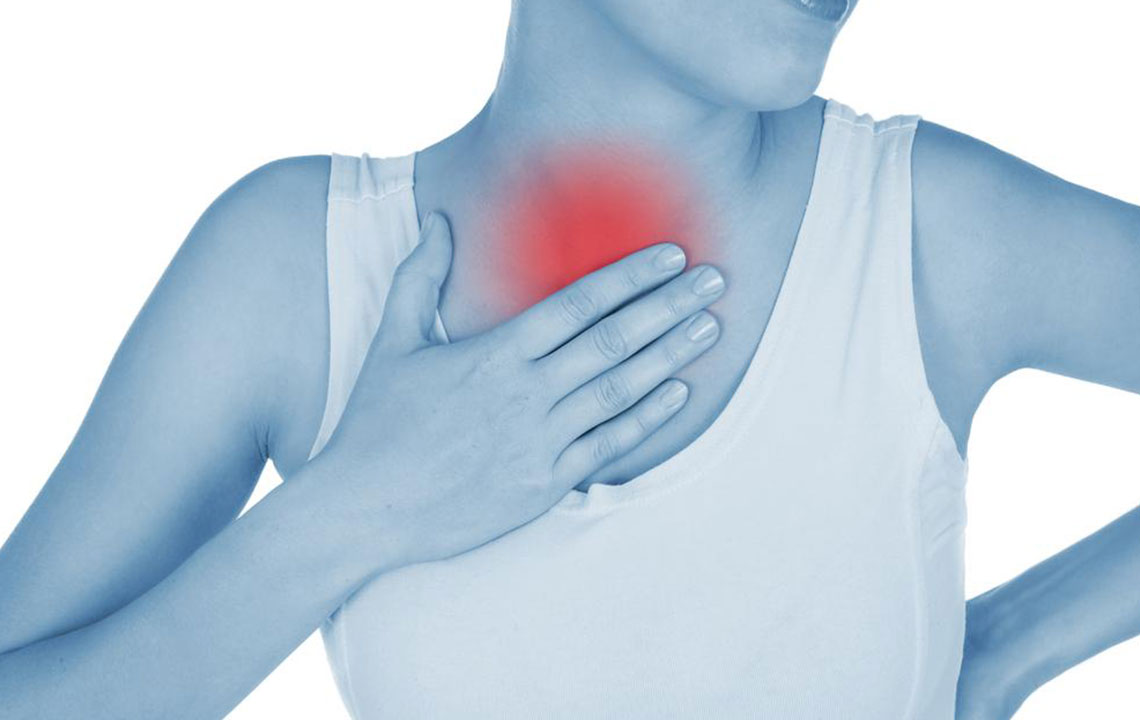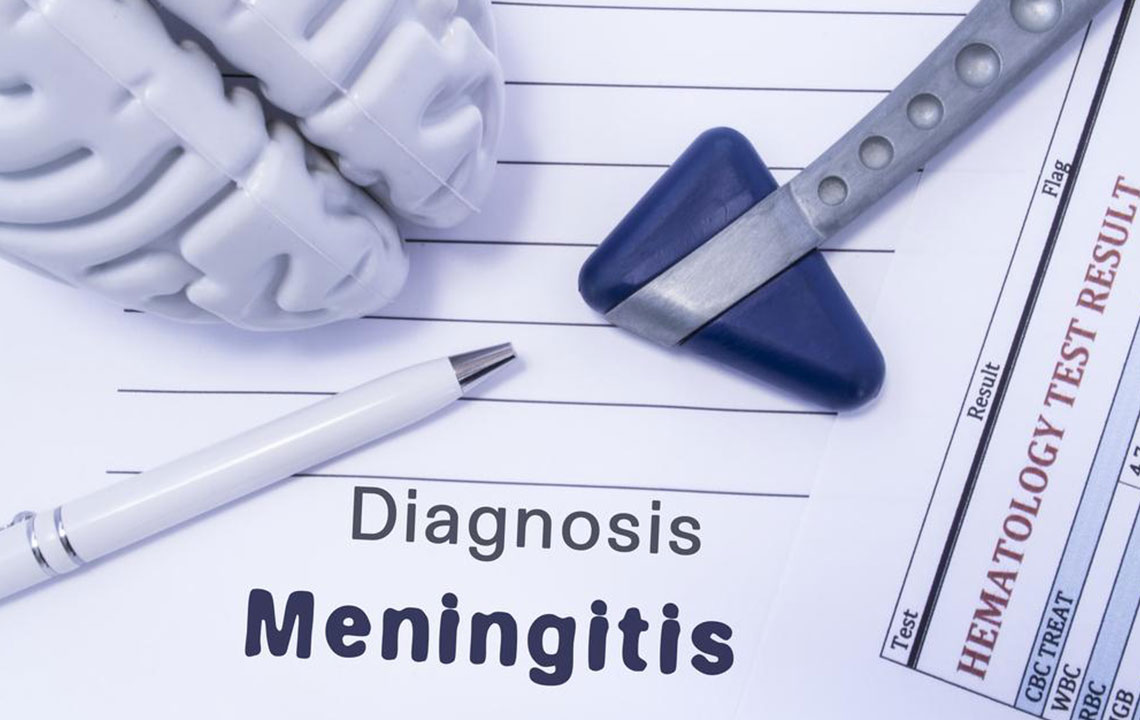
Symptoms
Symptoms And Treatments for Tennis Elbow Brace
If you’re an avid tennis player or a player of another racket sport, you may have heard the term tennis elbow. But what is tennis elbow exactly? Tennis elbow is a repetitive strain injury to the tendons in the elbow. It is a type of tendonitis that can be acute or chronic. It affects the extensor muscles of the forearm. Tennis elbow or lateral epicondylitis affects people who do a lot of striking motions with their forearm like playing tennis, using hammers, etc. Even activities that require excessive gripping motions can cause tennis elbow, like painting and hedge clipping. When playing tennis the following maneuvers can cause tennis elbow—one-handed backhand with poor technique, twisting the wrist while serving at full power, and a late forehand swing that causes the wrist to bend. Treatment of tennis elbow focuses on reducing the pain and inflammation. To protect the elbow while letting it heal, a tennis elbow brace is recommended. A tennis elbow brace will restrict movement of the elbow while also being supportive and protective. Signs And Symptoms The most common sign of tennis elbow is a pain over the lateral (outer) aspect of the elbow. The outer portion of the elbow can also become tender. Specifically, the pain and tenderness will be 1-2cm around the outer bony prominence. There can be a weakness of the muscles in the forearm, especially the extensor muscles.













